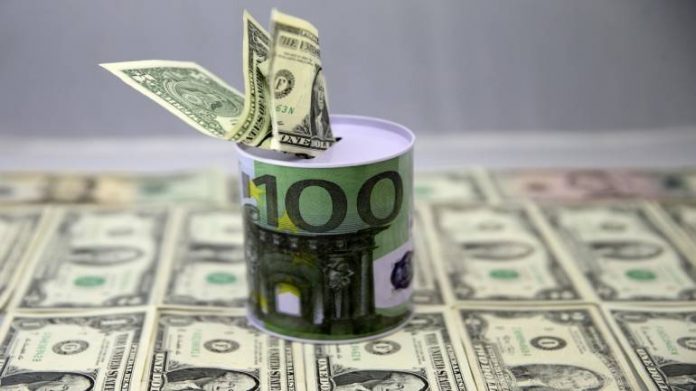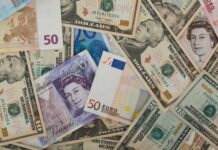
NEW YORK: The dollar climbed for a second straight session on Friday as investors sought the safety of the U.S. currency after reports that the United States and Canada ended trade negotiations without any deal.
The greenback is on track to end the month of August on a positive note, up about 0.6 percent amid trade tensions. It has advanced in four of the last five months, gaining nearly 9 percent in that period.
U.S. and Canadian officials on Friday concluded a round of talks on the North American Free Trade Agreement, a Canadian official said. The Canadian government will later in the afternoon announce the results of the talks.
The Wall Street Journal reported that U.S. President Donald Trump will tell Congress of plans to proceed with just the U.S.-Mexico trade deal.
Trump said on Friday that Canada had taken advantage of the United States on trade, as talks between the two countries, which are seeking to revamp the North American Free Trade Agreement, soured sharply.
“I love Canada, but they’ve taken advantage of our country for many years,” Trump said during a speech in North Carolina.
Concerns about a NAFTA deal with Canada grew after Canadian Foreign Minister Chrystia Freeland said earlier on Friday that Canada is looking for a “good deal, not just any deal.”
But Trump said any trade deal with Canada would be “totally on our terms,” confirming an earlier report from the Toronto Star.
Trump’s remarks ignited more dollar buying.
In late afternoon trading, the dollar index was up 0.4 percent at 95.106.
The Canadian dollar fell 0.7 percent versus the U.S. dollar at 76.49 U.S. cents.
The greenback had rallied late on Thursday in a safe-haven move after Bloomberg News reported that Trump wanted to move ahead on a plan to impose tariffs on Chinese imports worth $200 billion next week.
The euro was also hit by Trump’s comments saying that the European Union’s proposal to eliminate auto tariffs was “not good enough.” Investors were fearful about Europe’s outlook as Trump has threatened to impose tariffs on cars assembled by German automakers.
The single currency was last down 0.6 percent at $1.1601, after losing about 0.3 percent overnight, pressured by a rise in Italian government bond yields.
Emerging market currencies fell. The Argentinian peso, the world’s worst-performing currency this year, was down about 1 percent against the dollar, which last traded at 38.00 pesos. On Thursday, the Argentine peso tumbled 10 percent, bringing month-to-date losses to 27 percent.
Argentina’s central bank voted unanimously at an emergency meeting on Thursday to raise its benchmark rate to 60 percent from 45 percent.






